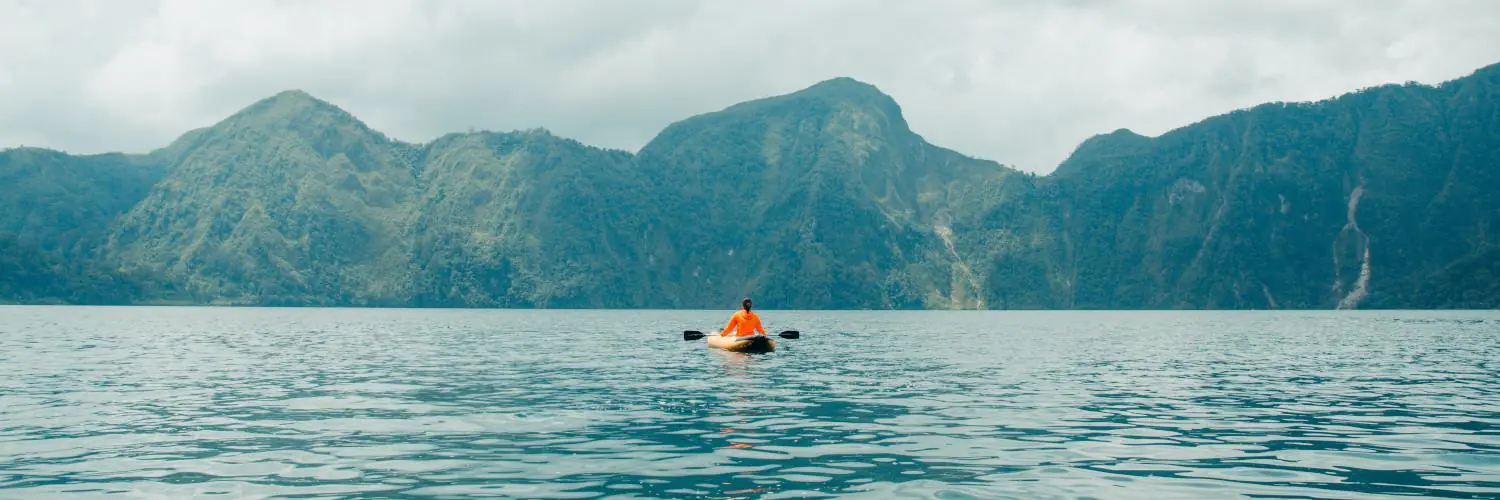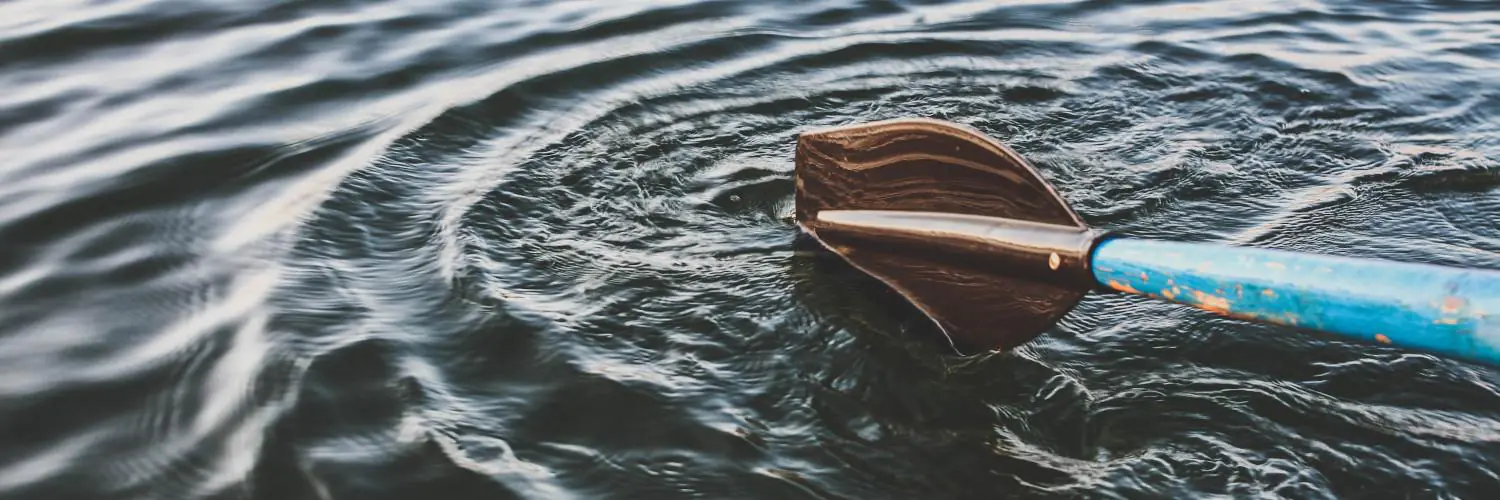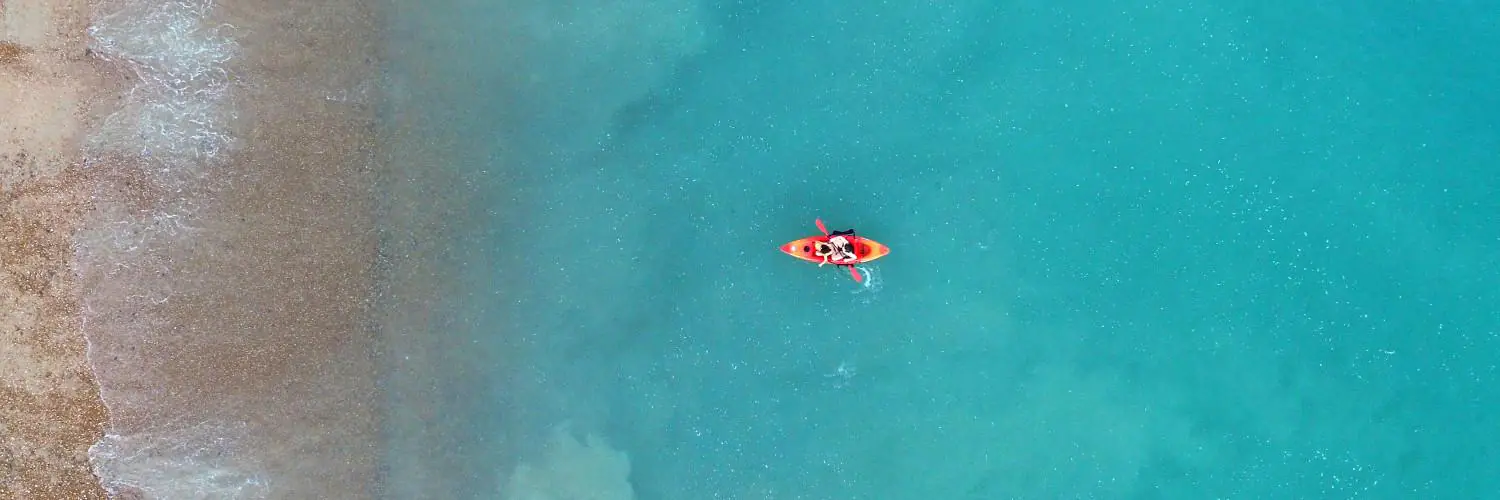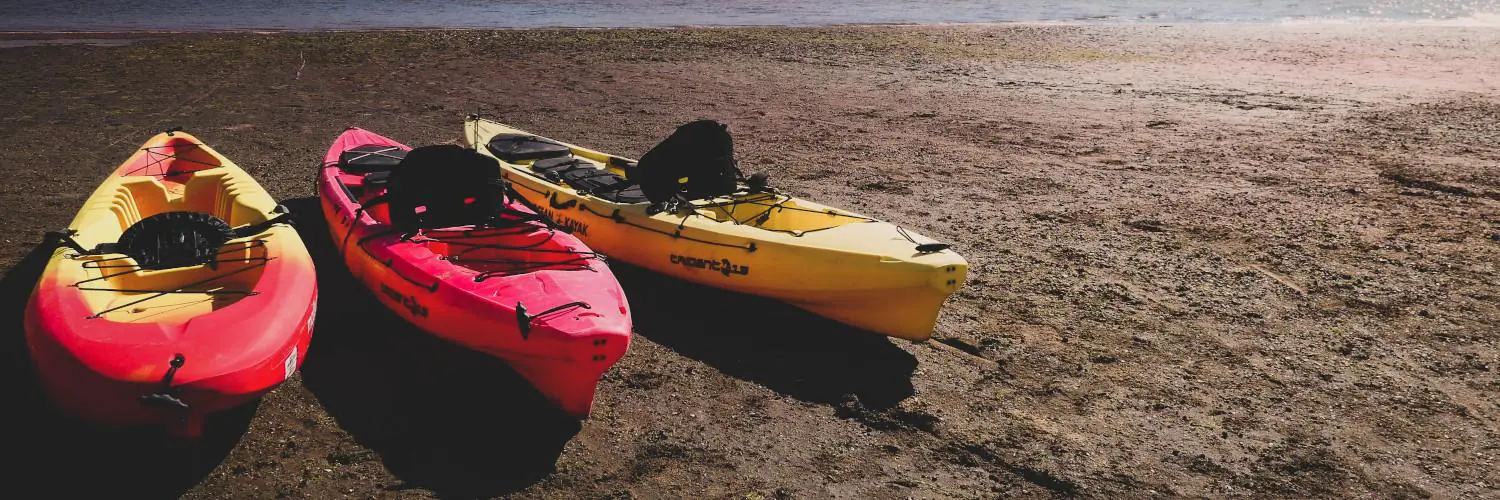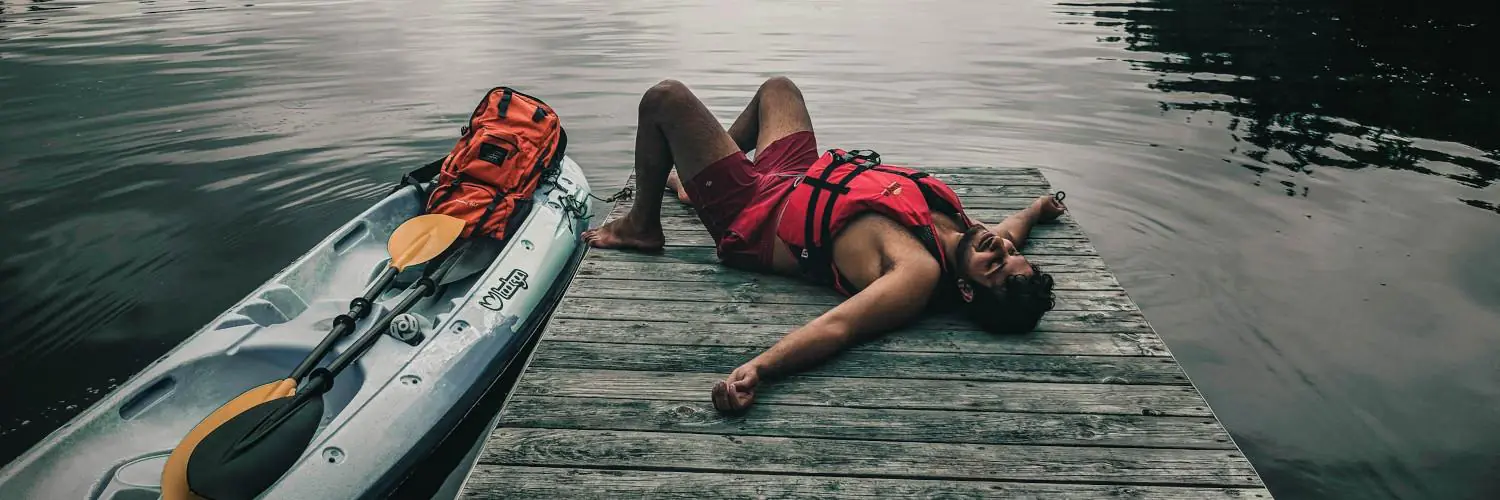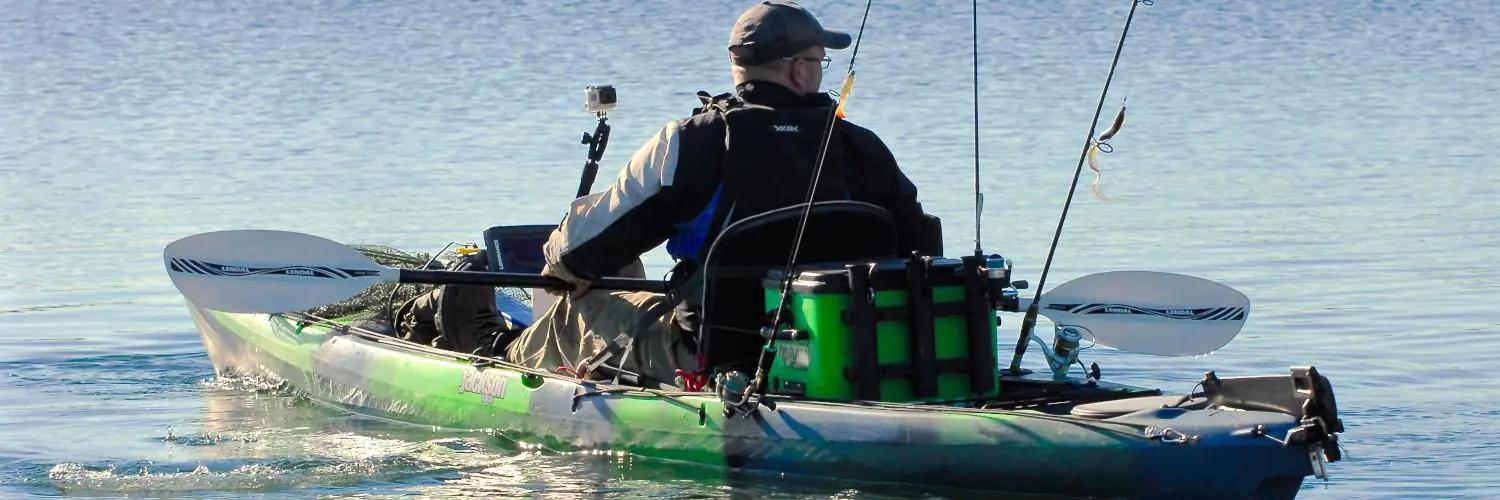Grand Teton National Park offers a pristine environment for kayakers seeking the tranquility of alpine waters and the thrill of nature. The backdrop of towering peaks reflects on the surface of the numerous lakes, enhancing the paddling experience. Jackson Lake, the largest glacial lake at the base of the Grand Tetons, presents an expansive playground for water adventure. With several islands dotting the lake, it’s an ideal spot for both day trippers and those looking to extend their kayak journey to multiple days with the opportunity for overnight camping.
Navigating the waters of Grand Teton National Park, kayakers must adhere to specific regulations to preserve the park’s ecosystem. A Wyoming AIS (Aquatic Invasive Species) Decal is mandatory, and a park boat sticker is required to be displayed on the vessel. For those without their own kayak, rentals are available within the park, operating on a first-come, first-served basis. This ensures that all levels of paddlers, from beginners to seasoned adventurers, can partake in the experience and explore the park from a water-based perspective.
String Lake, with its warm, shallow waters, offers a more family-friendly kayaking experience. It is well-suited for beginners or those with young children. The lake’s accessibility and the variety of surrounding hiking trails make it a favored starting point for many visitors. Nature lovers will appreciate not only the physical activity but also the chance to observe the park’s unique flora and fauna from a unique vantage point on the water. The park’s policy on non-motorized craft ensures that the serene sounds of nature dominate, making a kayak excursion through Grand Teton National Park an authentic wilderness adventure.
Table of Contents
Getting There and Park Access
Planning a kayaking trip to Grand Teton National Park involves understanding the logistics of travel to the area and the necessary access procedures. Visitors need to navigate to Jackson Hole, arrange accommodations, and adhere to the park’s permit and entrance requirements.
Jackson Hole Travel and Lodging
Jackson Hole, Wyoming, serves as the gateway to Grand Teton National Park. Visitors typically fly into Jackson Hole Airport (JAC), the only commercial airport within a national park. After landing, travelers find a range of lodging options, from campsites to luxury hotels, catering to various preferences and budgets.
- Lodging Options:
- Campgrounds
- Hotels
- Rental Cabins
It is recommended to book accommodations well in advance, especially during peak seasons, to secure one’s preferred lodging choice.
Entrance Fees and Permits
Upon arrival at Grand Teton National Park, visitors are required to pay entrance fees, which vary by vehicle type and length of stay. In addition, kayakers must obtain the appropriate permits to access the lakes.
- Entrance Fees (subject to change):
- Private Vehicle: $35
- Motorcycle: $30
- Individual (on foot, bicycle, etc.): $20
For kayaking, the National Park Service mandates that each non-motorized vessel, such as a kayak, must have a Non-motorized Craft Permit, which is $25. Additionally, visitors must ensure their vessels bear a valid Wyoming Aquatic Invasive Species (AIS) Decal and comply with the boating regulations enforced by the park.
Bold steps toward preparation will ensure a smooth entry to Grand Teton National Park and a memorable kayaking experience amidst its majestic scenery.
Kayaking Destinations Within Grand Teton
Grand Teton National Park offers kayakers spectacular waterscapes against the dramatic backdrop of the Teton Range. Each lake and river in this high-altitude locale presents unique experiences for paddlers of all levels.
Jackson Lake Exploration
Jackson Lake, the largest in the park at 15 miles long, provides kayakers with an expansive area to navigate. With its stunning views of the Tetons, kayakers often visit the lake’s 15 islands, some of which are ideal for overnight camping. The lake’s glacial waters are best suited for those equipped to handle potentially choppy conditions.
Snake River Paddling
Snake River, known for its gentle currents and wildlife-rich banks, meanders through the park offering a different kind of paddling experience. Sections of the river cater to leisurely floats where one may spot bald eagles, ospreys, and moose. However, other portions demand a more experienced kayaker, especially where rapids are present.
Jenny Lake and Leigh Lake Adventure
Jenny Lake and Leigh Lake offer serene waters for family-friendly adventures. These lakes are renowned for their crystal-clear waters and accessibility. Jenny Lake is smaller but intensely scenic, while nearby Leigh Lake affords a more secluded feel, perfect for paddlers seeking tranquility. Both lakes showcase awe-inspiring views of the Tetons and are favorite spots for picnics and swimming in addition to kayaking.
Essential Kayaking Gear
When preparing for a kayaking trip in Grand Teton National Park, it is crucial to have the right equipment. Not only does this ensure a more enjoyable experience, but it is imperative for safety on the water.
Choosing the Right Kayak
Type of Kayak: Picking the appropriate kayak depends on the water conditions and the kayaker’s skill level. For the calmer waters found in some areas of the park, a recreational kayak is suitable, offering stability and ease of use. For more challenging conditions, a touring kayak with a longer and narrower build is advised, as it cuts through the water with greater efficiency.
- Rental Options: Grand Teton offers various rental services where visitors can find kayaks suited to their experience and the specific conditions of the lake they will be exploring.
Safety Equipment
Personal Flotation Devices (PFDs): A properly fitting PFD is essential for safety and is a mandatory item for all kayakers, irrespective of their swimming abilities.
Helmets: In areas where there are rapids or overhanging branches, wearing a helmet should be considered.
Kayaking Essentials:
- Paddle: Lightweight paddles with adjustable blades aid in maneuverability.
- Hat: To protect from the sun, a wide-brimmed hat is recommended.
Communication and Navigation: Always have a means of communication and navigational tools such as a waterproof map or GPS in case of an emergency.
By ensuring that one chooses the appropriate kayak and carries the necessary safety equipment, kayakers can enhance their safety and enjoyment while experiencing the incredible landscapes of Grand Teton National Park.
Wildlife and Scenery
Grand Teton National Park provides a spectacular backdrop where varied wildlife and stunning mountainous scenery coexist. Paddlers can witness the diverse fauna and vistas, from moose grazing near alpine lakes to the reflections of towering mountains on crystal-clear waters.
Moose and Other Fauna
Kayakers in Grand Teton often glimpse moose, a staple of the park’s ecosystem. These majestic creatures are frequently spotted along the shores of the park’s lakes and rivers. The area is also inhabited by other wildlife that may include:
- Elk
- Bears
- Beaver
It’s crucial for visitors to maintain a safe distance from all wildlife to avoid disturbing their natural behavior and habitat.
Mountain Views and Alpine Lakes
The park is renowned for its mountain vistas, including the iconic Grand Teton and Mount Moran. The alpine lakes, notably Jenny Lake, provide serene kayaking experiences with clear waters that mirror the grandeur of the peaks above. Kayakers enjoy:
- Unparalleled views of the Teton Range
- Access to remote, scenic areas only reachable by water
These lakes are vital habitats for nature and are protected to ensure the continued health and beauty of the park.
Seasonal Considerations
When planning a kayaking trip to Grand Teton National Park, visitors should consider the seasonal changes that significantly impact paddling conditions and the overall experience. Weather patterns and the park’s natural environment dictate the ideal times for kayaking adventures.
Summer Paddling Conditions
During the summer months, Grand Teton National Park offers warm weather that welcomes kayakers onto its lakes. This is the peak season for paddling, characterized by:
- Warm Temperatures: Comfortable conditions for kayaking, canoeing, and swimming.
- Stable Water Levels: Snowmelt from the winter season stabilizes, providing consistent water levels in the lakes.
Jenny Lake, in particular, presents crystal-clear waters and calm conditions in the mornings, which mirror the towering Teton Range—a sight not to be missed by early risers.
Fall Tranquility on the Water
As fall approaches, the waters of Grand Teton become serene, offering a tranquil kayaking experience. The key aspects of fall paddling include:
- Less Crowded Waters: Visitors are fewer, giving paddlers a more peaceful journey.
- Cooler Weather: With a cool climate setting in, the water is generally crisp, and the surroundings begin to display autumn colors.
However, one should be prepared for rapidly changing weather conditions and ensure they are well-equipped for the colder temperatures that accompany the fall season in Grand Teton.
Regulations and Environmental Stewardship
In Grand Teton National Park, kayaking is regulated to preserve the pristine wilderness and to ensure that watercraft activities have a minimal impact on the park’s delicate ecosystem. Visitors must adhere to specific regulations and obtain the necessary permits to enjoy the park’s waterways.
Wilderness Preservation
The park enforces strict rules to maintain its natural beauty and diversity. Motorized boats are allowed on Jackson Lake, subject to limitations to protect the quietude and purity of the area. Paddlers are expected to follow “Leave No Trace” principles to minimize their ecological footprint, such as:
- Packing out all trash and waste
- Respecting wildlife and their habitats
- Not introducing non-native species
- Avoiding sensitive areas
Additionally, certain areas may have seasonal closures to protect wildlife during critical periods like nesting or migration.
Boat Permits and Launch Sites
Boat permits are mandatory, and the fees depend on the type of craft:
- Motorized craft: $75
- Non-motorized craft: $25 (canoes, kayaks, drift boats, SUPs)
To obtain a permit, one must:
- Display a valid Wyoming AIS Decal
- Affix a boat sticker on the boat’s port-side stern
Boat launch sites are designated for entry, and signs often guide visitors to these spots. Launching and landing are permitted only in these areas to reduce the degradation of shorelines and to manage water traffic effectively. It’s crucial for those seeking the serene experience of kayaking in Grand Teton to familiarize themselves with the park’s specific launch points and associated regulations.
Additional Activities
Beyond the excitement of kayaking in Grand Teton National Park, visitors have a plethora of other outdoor activities to engage in, encompassing serene to adventurous experiences.
Hiking and Wildlife Viewing
Grand Teton National Park boasts an extensive network of hiking trails suitable for all skill levels. Trails range from the easy, family-friendly String Lake Loop to the more strenuous Cascade Canyon Trail, all offering abundant opportunities for wildlife viewing. Hikers might catch sight of moose, elk, and a variety of birds, ensuring that each hike is both a physical journey and a wildlife encounter.
Fishing and Boating Alternatives
For anglers, Grand Teton’s pristine lakes and streams are home to cutthroat trout and other species, providing excellent fishing prospects. Those looking for a more leisurely water activity can opt for a canoe outing. In addition, rafting is another popular boating alternative that allows visitors to experience the park’s natural beauty from a different perspective. Boating on Jackson Lake offers scenic views and the chance to fish or simply enjoy the tranquil waters.
Guided Tours and Local Insights
Grand Teton National Park offers visitors unparalleled kayaking experiences, guided by experts who provide deep insights into the local ecosystem and geography. The serenity of the park’s glacial lakes paired with the guidance of local professionals ensures a memorable paddling journey.
Expert Guided Paddling
Guided kayak tours in Grand Teton National Park cater to all skill levels, providing not only safe and structured trips but also the chance to learn about the park’s history, wildlife, and geology from knowledgeable guides. Trips may range from a few hours to multiple days, often including equipment and sometimes meals. Visitors can enjoy a comprehensive experience, paddling through the park’s pristine waters with guides who can point out details and hidden spots that others might miss.
- Tour Duration: Varying from short excursions to multi-day adventures
- Skill Levels: Beginner to advanced
- Included: Equipment, guide, and often meals
- Highlights: Wildlife sightings, historical insights, and breathtaking views of the Tetons
Kayak Rental and Instructions
For those seeking a more independent experience, kayak rentals are available, including the necessary instructions to ensure a safe outing. Rental providers typically offer a range of kayaks suitable for the calm waters of Jenny Lake to the more adventurous currents of the Snake River.
- Rental Options:
- Solo kayaks
- Tandem kayaks
- Canoes
- Stand-up paddleboards (SUP)
- Instructions Offered: Basic paddling techniques, safety procedures, and navigation tips
- Popular Rental Locations: Jenny Lake, Jackson Lake, Leigh Lake
When renting, paddlers receive guidance on the best spots to explore depending on their time and skill set. From serene lakeside excursions to exploring the base of the Tetons, kayak rentals allow for a personalized pace and itinerary.

